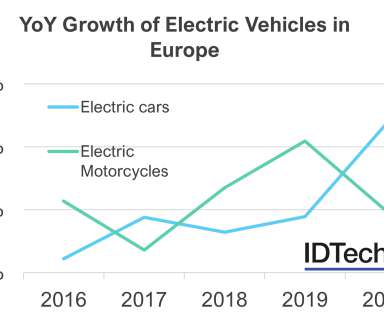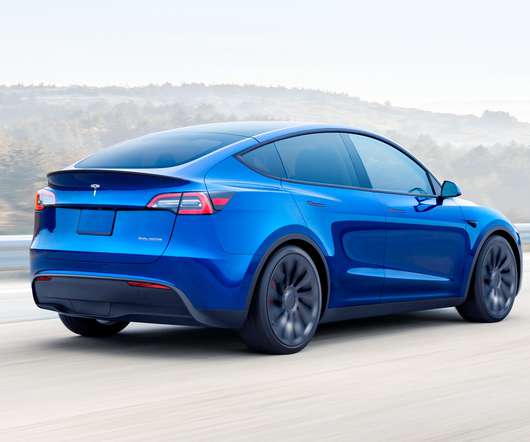EPFL team develops low-cost catalyst for splitting CO2
Green Car Congress
JUNE 7, 2017
EPFL scientists have developed an Earth-abundant and low-cost catalytic system for splitting CO 2 into CO and oxygen—an important step towards achieving the conversion of renewable energy into hydrocarbon fuels. Using only Earth-abundant materials to catalyze both reactions, this design keeps the cost of the system low.






































Let's personalize your content